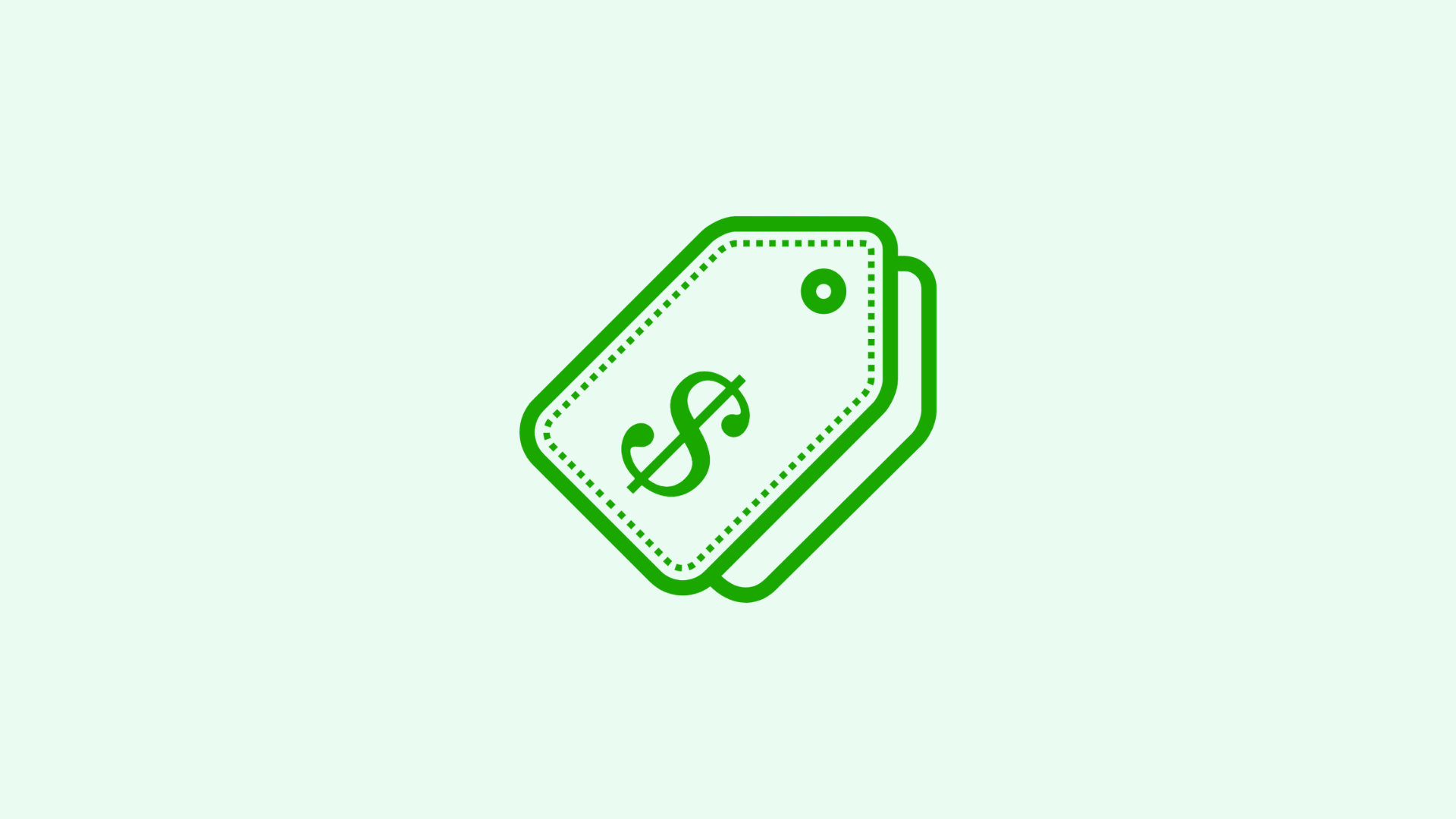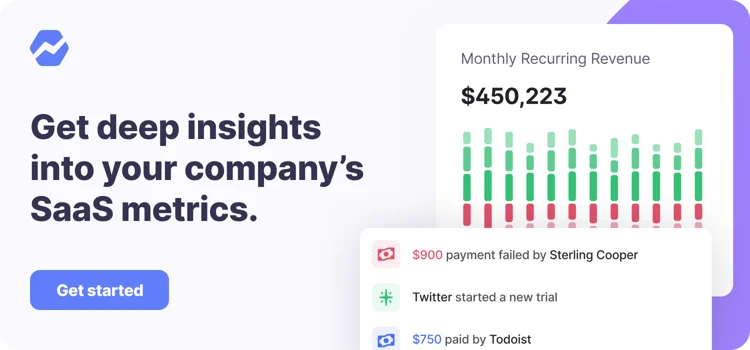Table of Contents

Bundle pricing is one of the many pricing strategies employed by companies in an attempt to increase their revenue and/or profit.
In bundle pricing, a company collects many products and/or services together and sells them as a single item for a single price. The classic example of bundle pricing is the McDonald’s Happy Meal. While the components have changed a lot over the years, instead of buying a drink, side, and main course separately, they are offered together at a lower price.
The lower price is one of the key components. Often one of the items has a much higher margin but is also less desired by the consumer, so offering a discount on the bundle allows the company to increase the average profit per transaction while satisfying the customer with a greater perceived value.
To go back to the Happy Meal, it might be that the fountain drink is nearly all profit and easily substituted by the customer for a free cup of water, so offering the Happy Meal for more than the price of the fries and hamburger but less than that of the fries, hamburger, and Coke, it entices the customer to buy that less needed drink component, thus increasing the profit substantially.
As we will see in this article, bundle pricing is a particularly powerful strategy in the SaaS market where the average SaaS enterprise has multiple software modules available on their platform.
Whatever pricing strategy you choose, use Baremetrics to monitor your sales data.
All the data your startup needs
Get deep insights into your company’s MRR, churn and other vital metrics for your SaaS business.
Baremetrics makes it easy to collect and visualize all of your sales data, including your MRR, ARR, LTV, and so much more.
Integrating this innovative tool can make evaluating your pricing strategy seamless for your SaaS company, and you can start a free trial today.
Common bundle pricing examples
Bundle pricing can be found in every industry. The following are some examples of bundle pricing commonly found:
-
Meal sets at fast food restaurants
-
Microsoft Office
-
Smartphone and accessories sold together
-
Free dress shirt and tie with purchase of a suit
The examples show the value of bundle pricing to both parties. The seller gets to increase the average price of their transaction (sometimes referred to as ARPU (average revenue per user) in SaaS), move lower-volume goods, and improve their volume. The buyer gets increased value, an easier purchase decision, and less hassle from shopping around.
When should you consider bundle pricing?
The bundle pricing strategy is best for businesses that have some or all of the following features:
-
One major product or service with many smaller products or services that make the main one more valuable to the customer
-
The average revenue per user (ARPU) is more important than the average revenue per product or service
-
Extremely low marginal cost (usually very low variable costs but high fixed costs)
Many SaaS enterprises exhibit all of these characteristics. Often the majority of expenses are incurred while developing a platform, while the cost to add another user is nil or close to.
Because of the high customer acquisition costs (CAC), most SaaS businesses care more about the customer lifetime value (LTV) than the price of their products, although they are clearly related.
Finally, many SaaS enterprises have a main platform, while all of the other services are mere add-ons. Especially if the main platform isn’t particularly useful without the add-ons, you should consider a bundle pricing strategy so each user gets the maximum value out of the service.
Types of bundle pricing
Bundle pricing can be broken down into two types: pure bundling and mixed bundling. Pure bundling can be further broken down into joint bundling and leader bundling.
1. Pure bundling
Pure bundling is when the customer can only purchase the bundle—each individual product within the bundle is not offered for purchase separately. In this case, the customer is left with a much simpler buy/don’t buy decision.
Within pure bundling, joint bundling and leader bundling are differentiated based on the relative value of the products within the bundle.
i. Joint bundling
In joint bundling, each product is generally seen as having equivalent value. If you go to a taco truck and buy three different types of tacos, while one might end up being your favorite, the bundle can be seen as made of equals.
ii. Leader bundling
In leader bundling, there is a product which clearly has a higher value than all of the other products. The example of the smartphone falls into this category. You buy an expensive iPhone and get a couple of much cheaper accessories for free to “sweeten the pot.”
2. Mixed bundling
Mixed bundling is when you give customers the option to buy each product separately for a price that generally totals more than all of the individual items sold together. This is usually seen in restaurants, but some SaaS companies do the same.
Even Microsoft allows you to buy individual programs within the Office suite separately if so desired.
How to use bundle pricing successfully
The steps to successfully using bundle pricing are fairly simple in concept but may take a lot of brainstorming to successfully do in practice.
First, understand what your customers are looking for. This is how you market your bundle to them. In this case, the goal is to represent the bundle with the desirable products or services at the front.
Second, your bundle should have a main, high-value component as a centerpiece. This is the focus of the sales pitch and makes it easy for the customer to see the value of the bundle.
Third, fill out the bundle with accessories that give the impression that the centerpiece is even more valuable—or, better yet, becomes more valuable because of the accessories.
Finally, use the bundle to improve your margin. Find items that have a high perceived value (and therefore price) but low cost to produce to ramp up the perceived savings of the bundle while still improving the amount you are earning per customer.
If you’re looking for a smarter way to measure the effect of a new pricing strategy, get in touch or sign up for the Baremetrics free trial today.
Have a look at the demo to see how Baremetrics can show you the results of your marketing decisions.
Want to Reduce Your Churn?
Baremetrics measures churn, LTV and other critical business metrics that help them retain more customers. Want to try it for yourself?
The pros and cons of bundle pricing
Bundle pricing has its pros and cons. By understanding these advantages and disadvantages, you can take full benefit of the upside bundle pricing offers while avoiding the potential pitfalls.
a. The advantages of bundle pricing
Bundle pricing offers clear advantages to both the provider and the customer. Let’s take a look at some of them.
1. Bundle pricing helps you provide more value to customers
Often times the true value of a product isn’t clear to the customer until they purchase all of the accessories and add-ons. In a subscription revenue model, it is possible that, instead of paying for all of these functions, the customer will churn because they do not understand the value you are bringing.
By offering a bundle of all of your services, the customer can unlock the entire platform and appreciate the value you can bring them. In doing so, they are more likely to extract value from your service and stick with you for the long run.
2. Simplify the buying experience
When faced with too many options, especially when those options seem to be very similar, people are overcome with “analysis paralysis” or an inability to make a decision. This makes the shopping experience worse for your customer while robbing you of sales.
Offering a single bundle, or two to three tiers only, the decision is made manageable.
3. Increase sales
When bundle pricing is done right, the average size of each sale jumps. When it is done superbly, the number of sales also goes up. The combination can greatly improve your revenue numbers.
4. Move lower-volume products
If you have a product or service that doesn’t seem popular with potential clients but you know it adds value to your main product or service, bundling them can increase the volume of the less popular product while increasing the total perceived value to customers.
b. The disadvantages of bundle pricing
Bundle pricing can be a great way to improve your revenue results, but it isn’t without its disadvantages. While it should be clear that, especially for a SaaS business that gets its income from subscription revenue, bundle pricing is a great option, let’s look at the downsides briefly to understand them.
1. Customers may prefer to buy separately
Some customers only want a specific product you offer. Others do not like to feel bullied into buying products they aren’t looking for. In both cases, they may not like the implication of being forced to buy other products or services as part of a bundle.
2. Customers may not need all the bundled products
While you may know that all your secondary services really make the main service better, your customers might not need all of that extra functionality. In that case, they may decide to keep looking for simpler (or cheaper) alternatives.
Summary
Bundle pricing is a natural option for SaaS business. By bundling many services together, you can improve your ARPU and LTV, while adding value to your offerings. If done correctly, this will lead to more loyalty among your client base.
Baremetrics is the obvious choice for SaaS businesses seeking to better track their revenue while making major pricing strategy changes.
If you’re looking for a smarter way to approach your SaaS business’s revenue performance, get in touch or sign up for the Baremetrics free trial today.
Marketing channels are only as good as their results. Have a look at the demo to see which marketing and business insights Baremetrics can unlock for you.



